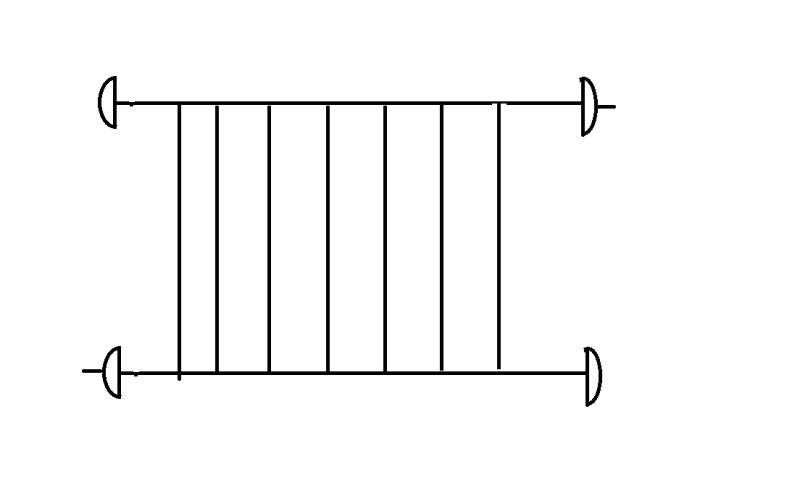I assume you are using pipe either because you have surplus pipe available or because you think it's less expensive than a pressure vessel? Your design conditions fall within a class 600 system. Basically, your system reminds me somewhat of a finger style slug catcher although I realize this is to store gas, not remove liquids.
< in my design pipe is reduced at the bend so can you please suggest the reducer size >
That depends on how much flow this system has to supply to the plant. The gas flows from the outlet to the plant and for the upstream segments, the gas has to travel through the various return bends. A quick hydraulic calculation should give you an idea what you are looking at. Remember as you supply gas to the plant and the pressure drops, the pressure drop across the bends as the gas is expanding and flowing out is going to increase, I don't know what your lower operating pressure range is.
< Inside Storage we have maintain 60 degree Celsius, so there is a trace heating >
Why? Is that the expected dewpoint of the gas? That's a lot of pipe to heat trace and insulate at an additional cost. If it's a dewpoint issue, why not let the liquids condense and be drained off as needed?

